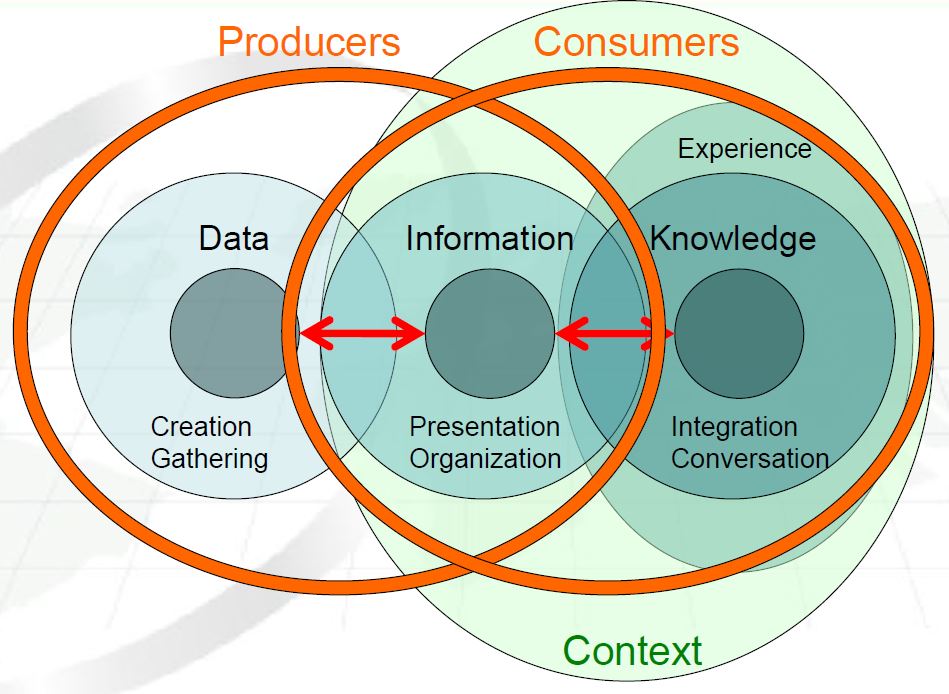
As we build the foundations of these blog series and the framework which we use within Pontus Vision, we need to spend a little bit of time on the definitions on data vs information. Not that I want to spend a lot of time on this debate, but it is necessary for us to have some common language and a framework. As you see below, these definitions as fuzzy – but necessarily so.
The definitions of data and information are blurry to draw an analogy, one person’s garbage is another person’s treasure; one person’s data is another person’s information. And along with this, one could argue that the definitions are necessarily ambiguous as the definitions needs to be contextual.
Even the Cambridge dictionary[1] says data is: “Information, especially facts or numbers, collected to be examined and considered and used to help decision-making, or information in an electronic form that can be stored and used by a computer.”
Our definition:
Data: Unrefined to its relevance and presentation. The raw commodity.
For practitioners, this is usually that something that lives in a DWH, Data Lake or Swamp.
Output: analysis and refinement to answer specific questions.
The Cambridge Dictionary defines information as[2]: “facts about a situation, person, event, etc.”
Our definition:
Information: petrol of the information age, presented, provided with context, and relevant to the context. Usually presented to a human.
Practitioner’s view: is that this is something usually accompanied with analysis (knowledge) to present it.
Output: discussions and decisions; additional questions.
One of the simplest, yet powerful diagrams is from the European Eurostat site, from Peter Fox’s presentation[3]. I’ve also linked to Prof. Fox’s wiki page[4]. Prof Fox does a great job of showing the relationship between Producers and Consumers, additionally, illustrating the role of context of turning data into information.

The challenge we have is that these definitions are amorphous. I think the key point here is to ensure that you use the data and information definition as much of a framework, as a hard and fast definition; we need to accept there is ambiguity here.
This contextual nature of data vs information is related to the contextual nature of atomic data asset definitions that is referenced in the previous blog post on atomic data asset management[5].
Pontus Vision
Pontus Vision is the leading open-source data asset management and data compliance solution for private and public sector organisations.
About the Author
Daniel Rolles is the author – bio can be found here
[1] https://dictionary.cambridge.org/dictionary/english/data – No wonder there is so much confusion generally between data and information when the Cambridge Dictionary mixes them.
[2] https://dictionary.cambridge.org/dictionary/english/information
[3] https://www.eudat.eu/sites/default/files/PeterFox.pdf
[4] https://en.wikipedia.org/wiki/Peter_Fox_(professor) – it is unfortunately bad news that Prof.Fox has passed away – long may his work endure
[5] https://www.pontusvision.com/2021/09/26/defining-data-at-the-atomic-level/